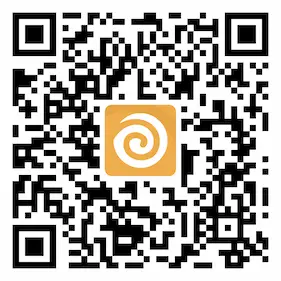Navigating Zoom Fatigue in Indonesian Enterprises: A Guide for HR Professionals
In the dynamic landscape of remote work, a term that has gained traction is Zoom fatigue. This phenomenon refers to the exhaustion and burnout stemming from prolonged video conferencing. As more Indonesian enterprises adopt a hybrid model, it's vital for HR professionals to understand this challenge and strategize solutions.
Understanding Zoom Fatigue
Zoom fatigue goes beyond mere weariness; it is a psychological response to the constant demands of virtual meetings. According to research from psychology experts, video calls require more focus than in-person conversations due to non-verbal cues, body language, and the need for active listening. This heightened level of concentration can lead to mental exhaustion, significantly impacting employee productivity and morale.
The Indonesian Context
In Indonesia, the rapid shift to remote work during the pandemic highlighted the importance of adapting to digital communication platforms. A survey by a local employment platform found that 84% of employees reported feeling drained after back-to-back virtual meetings. The cultural nuances of Indonesia, where personal interactions and face-to-face communication are prevalent, amplify the experience of Zoom fatigue.
Key Factors Contributing to Zoom Fatigue
1. Overloaded Schedules: Many organizations have replaced in-person meetings with virtual ones, often leading to back-to-back video calls. HR teams should evaluate meeting schedules and encourage concise agendas to reduce the strain of constant connectivity.
2. Complexity of Non-Verbal Cues: Interpreting body language through video can be challenging. This dissonance can hold conversations back and contribute to misunderstandings, leading to frustration. Training on effective virtual communication could mitigate this issue.
3. Increased Screen Time: With meetings, emails, and team collabourations shifting online, employees are exposed to screens for prolonged periods. A focus on balancing on-screen time with off-screen activities, such as virtual coffee breaks or offline tasks, can help break the cycle.
4. Isolation and Loneliness: Despite being virtual, the lack of in-person interaction can lead to feelings of isolation. HR departments should facilitate social interactions through virtual team-building activities or casual catch-ups, fostering a stronger team connection.
Strategies for HR to Combat Zoom Fatigue
1. Encourage Breaks: Implement policies that encourage employees to take regular breaks between meetings. Simple guidelines like 15 minutes after every hour can make a significant difference.
2. Set Boundaries for Meetings: Encourage a culture of asynchronous communication. Utilize emails or collabouration tools for discussions that don’t necessitate real-time interaction. This can help reduce the number of meetings and give employees the flexibility to respond at their convenience.
3. Foster Emotionally Safe Environments: Create platforms where employees feel comfortable sharing their experiences with Zoom fatigue. This can include regular check-ins or feedback sessions. Addressing concerns openly can help employees feel understood and supported.
4. Promote Physical Well-being: Encourage practices that support physical health, such as standing desks or scheduled stretching breaks during meetings. Physical activity is essential to mitigate the mental toll of virtual engagements.
5. Implement Training Programs: Invest in training sessions focused on effective virtual communication, time management, and mental health awareness. These programs can empower employees to manage their workloads and navigate the challenges associated with remote work more effectively.
Conclusion
As Zoom fatigue becomes increasingly prevalent, it is the responsibility of HR professionals in Indonesian enterprises to acknowledge and address this issue. By implementing strategic measures and fostering a supportive environment, organizations can enhance employee well-being and productivity, ensuring a healthier balance in a virtual work landscape. A proactive approach today will contribute to more engaged and resilient teams in the future.
Back to HR Glossary Page







